The Middle East is a testament to humanity’s architectural ingenuity. Ancient building techniques merge with natural landscapes, creating breathtaking settlements. From stone-carved dwellings to mud-brick masterpieces, these villages showcase the remarkable ability of local communities to adapt to their environment while creating breathtaking structures.
As you journey through these 15 unique villages, you’ll discover how traditional architecture has survived and continues to inspire modern design principles.
Kandovan, Iran
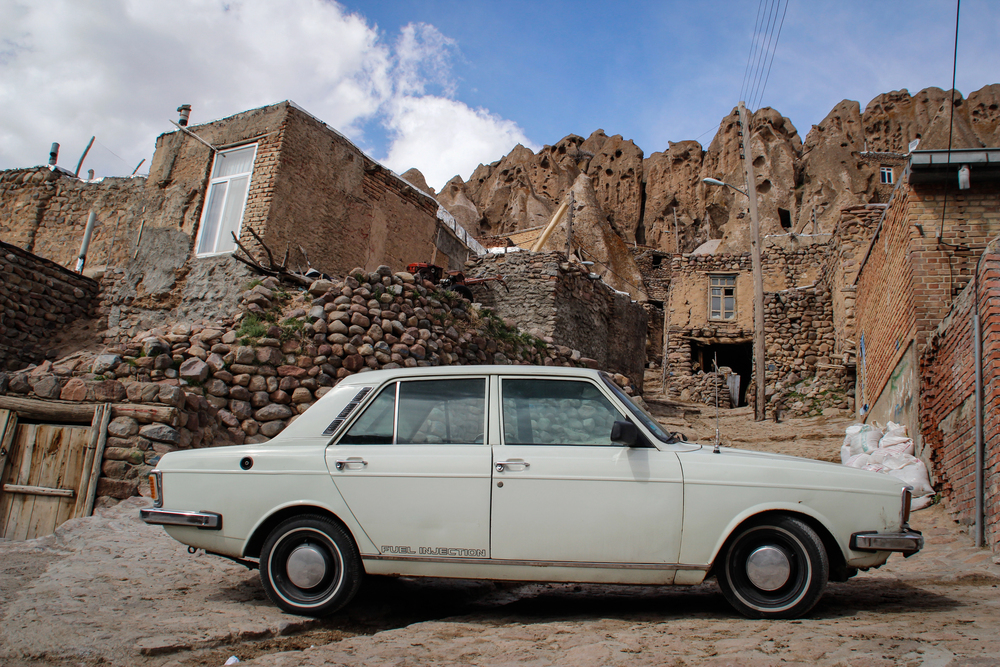
Nestled in Iran’s East Azerbaijan Province, Kandovan’s cone-shaped homes were carved into volcanic rock formations over 700 years ago. Residents still inhabit these remarkable cave dwellings, which extend up to four stories into the rocky hillside.
The rock’s natural insulation keeps these homes cool in summer and warm in winter, demonstrating ancient energy-efficient design principles. The village’s distinctive architecture resembles a giant termite colony, with narrow pathways winding between the cone-shaped structures.
These remarkable homes represent only three similar settlements still inhabited in the world.
Harran, Turkey
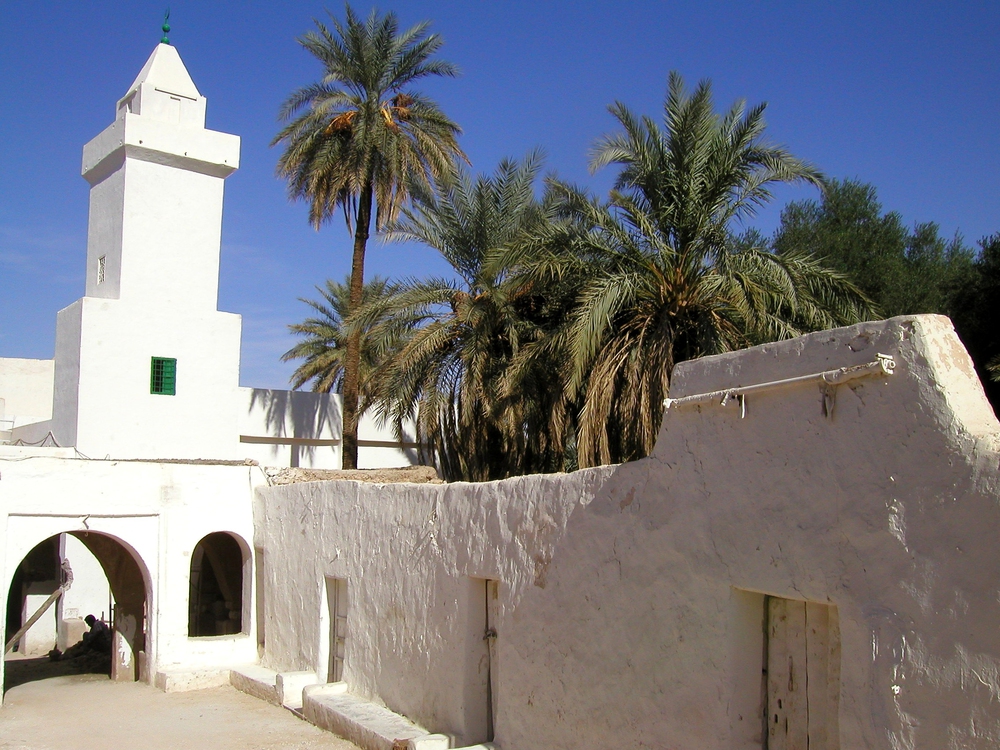
Harran’s beehive houses are remarkable examples of adobe architecture dating back thousands of years in Turkey’s southeastern Anatolia region. The distinctive conical structures utilize locally sourced materials and traditional building techniques passed down through generations.
These homes maintain comfortable temperatures year-round, with thick walls providing natural climate control in the harsh desert environment. The architecture reflects practical necessity and cultural heritage, with geometric patterns adorning many structures.
The village’s layout creates natural wind tunnels that help cool the narrow streets during scorching summers.
Like Travel Pug’s content? Follow us on MSN.
Ghadames, Libya
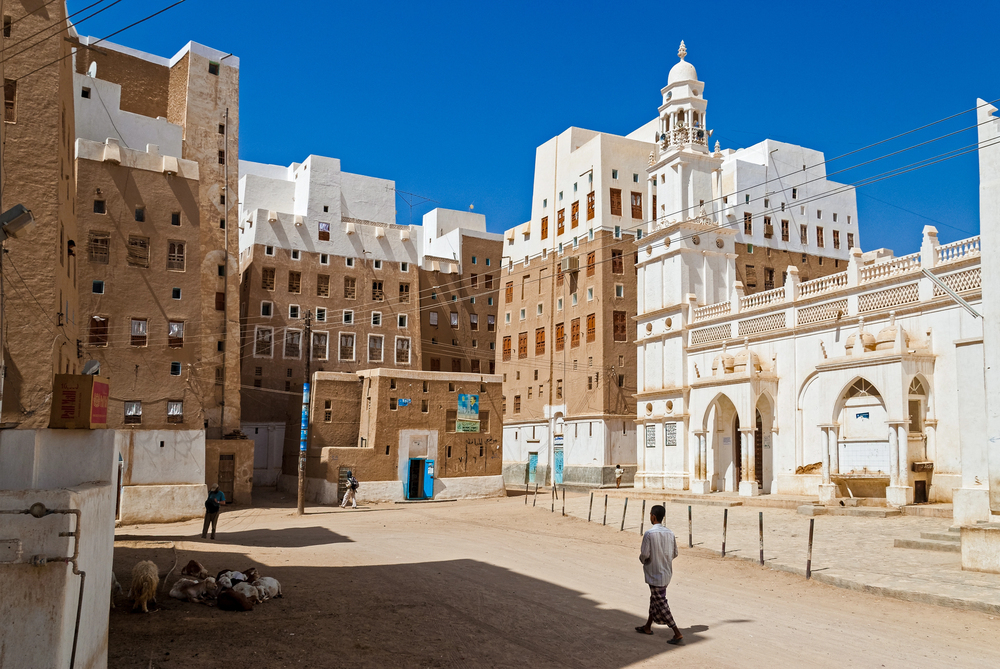
Known as the ‘Pearl of the Desert,’ Ghadames features covered streets protecting inhabitants from the intense Saharan sun. The white-washed walls and intricate decorative patterns showcase the sophisticated architectural style developed over centuries of desert living.
Women’s passage routes run along the rooftops, creating a unique dual-level city structure that reflects local cultural traditions. The homes feature thick walls made from local limestone and palm wood, providing excellent insulation.
The village’s oasis location has influenced its architectural development, with water management systems integrated into the urban design.
Shibam, Yemen
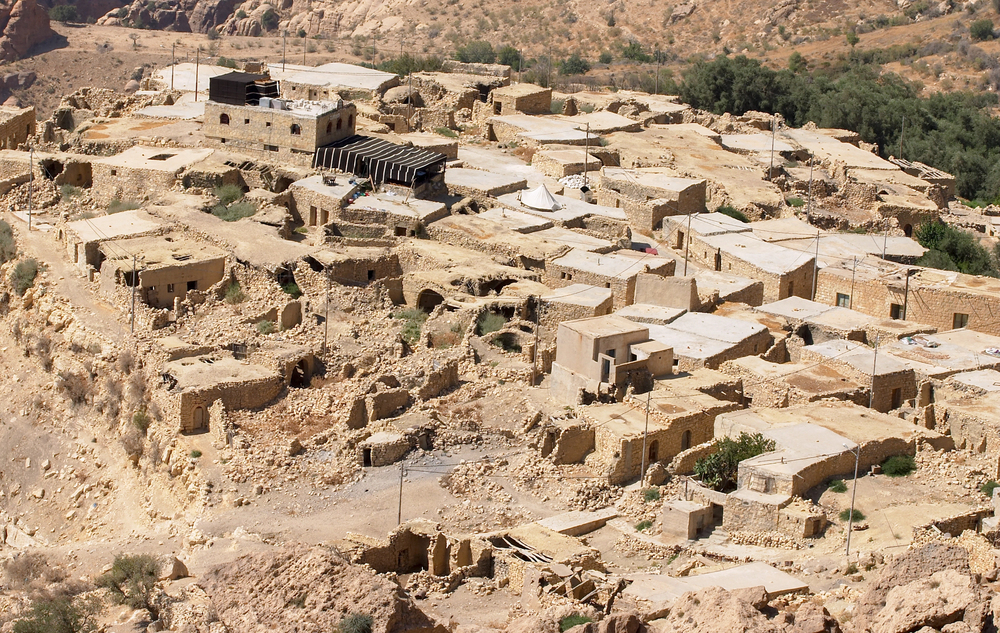
The mud-brick skyscrapers of Shibam rise eight stories from the desert floor, giving it the nickname ‘Manhattan of the Desert.’ The 16th-century city boasts more than 500 tower houses built using local materials and traditional techniques that have endured for centuries under desert conditions.
The vertical architecture maximizes space within the city walls while protecting desert tribes. These fantastic structures exhibit sophisticated engineering principles with walls that taper upwards to minimize weight and enhance stability.
Modern architects still marvel at this city’s creative drainage systems and ventilation techniques.
Dana Village, Jordan
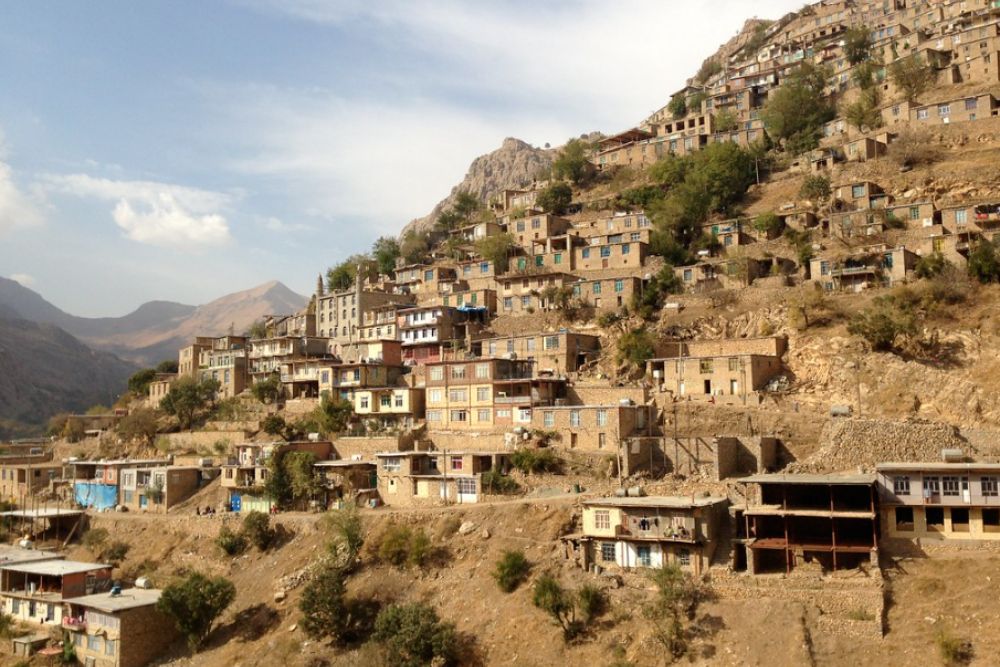
A medieval village perched on the edge of Wadi Dana with a dramatic mountain backdrop in the Ottoman period features traditional stone architecture. Terraced design following the natural contours of the hillside harmoniously blends built and natural environments.
Ancient water management systems still function, diverting precious rainfall through narrow village streets and gardens. This complex has arched doorways and windows and local limestone, which is set up to provide natural temperature regulation.
These traditional construction methods have proven admirably resistant to earthquakes.
Like Travel Pug’s content? Follow us on MSN.
Hawraman Takht, Iran
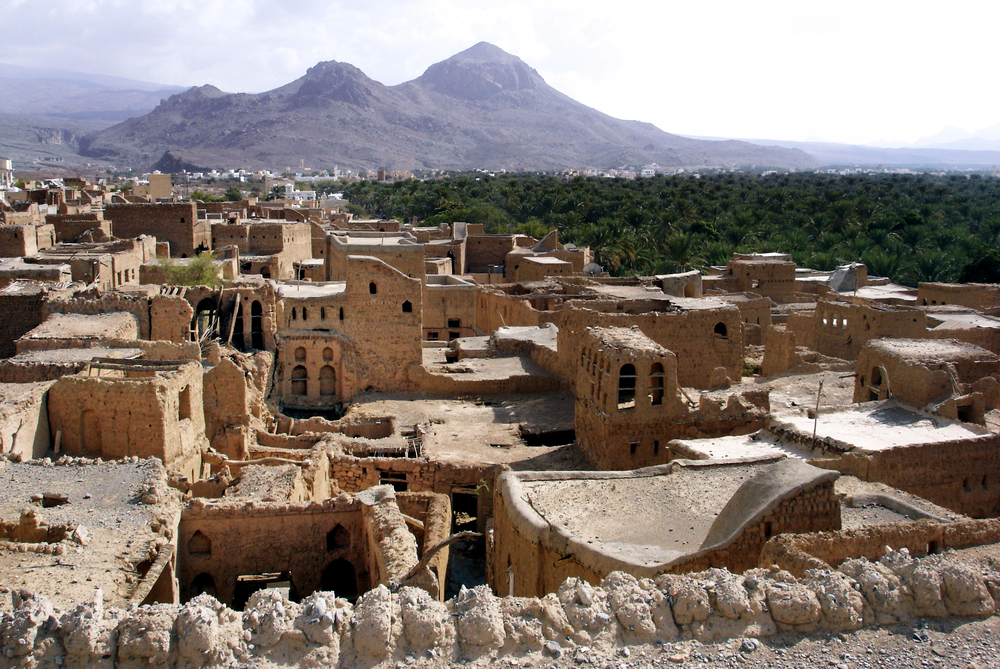
Built into a steep mountainside, Hawraman Takht’s stepped architecture creates a living amphitheater in Iran’s Kurdistan province. The village’s unique vertical layout means one family’s roof serves as another’s courtyard, creating an intricate network of public and private spaces.
Local stone and timber construction methods have evolved to withstand harsh mountain winters and frequent seismic activity. The village’s design maximizes exposure to winter sun while providing shade during summer.
Traditional knowledge of wind patterns and thermal dynamics informed the placement of each structure.
Al Hamra, Oman

The ancient mud-brick town of Al Hamra is a desert oasis that features some of Oman’s best-preserved traditional architecture. Two- and three-story houses demonstrate sophisticated engineering techniques using local materials like date palm wood and sun-dried clay bricks.
The village’s falaj irrigation system, a UNESCO-recognized water management method, supports agriculture and domestic needs. Intricate wooden doors and windows showcase the region’s exceptional craftsmanship traditions.
The village layout provides natural cooling through shade and air circulation.
Palangan, Iran
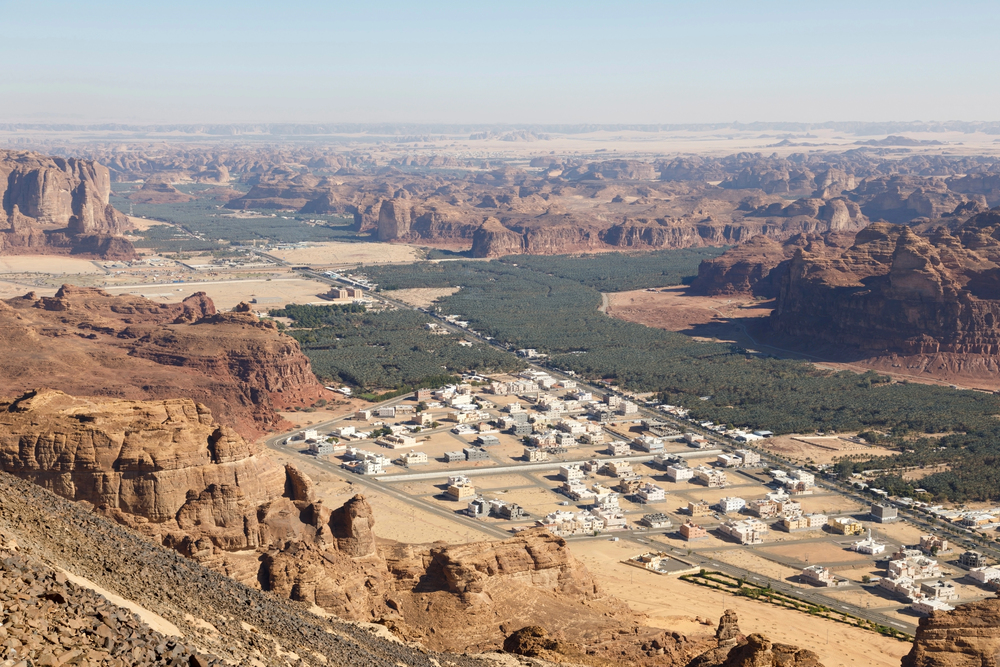
Situated in a river valley, Palangan’s houses stack upon each other in a spectacular display of Kurdish architectural ingenuity. The village’s stepped design allows each home to have a courtyard and a roof garden, maximizing living space in the mountainous terrain.
Traditional stone masonry techniques create structures that have endured centuries in this earthquake-prone region. The village’s layout incorporates communal spaces and water access points that strengthen social bonds.
Local architectural solutions address both practical needs and cultural traditions.
Like Travel Pug’s content? Follow us on MSN.
Al Ula Old Town, Saudi Arabia
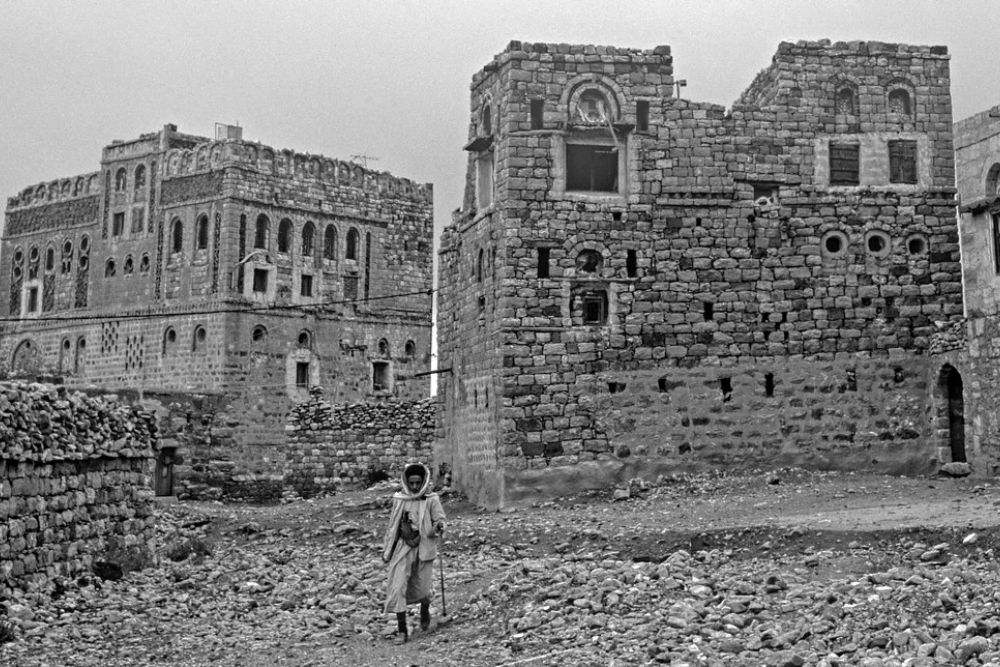
Al Ula’s mud-brick buildings, surrounded by sandstone cliffs, reflect 800 years of architectural development in northwestern Saudi Arabia. The compact town design allowed for natural cooling and protection from desert elements while providing intimate community spaces.
Traditional building methods utilized local materials and sophisticated engineering principles to create sustainable desert dwellings. The village’s defensive walls and watchtowers show the advanced military architecture of their time.
Narrow streets and covered passages create natural ventilation corridors throughout the settlement.
Shaharah, Yemen
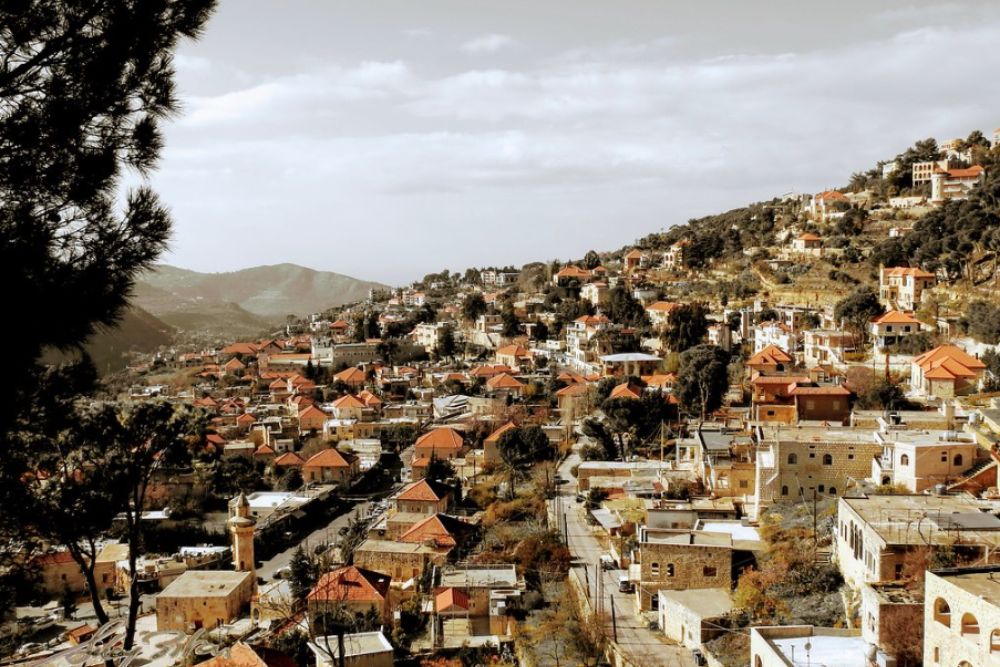
Shaharah’s stone architecture, located on top of an 8,000-foot mountain ridge, is one of the engineering marvels of Yemen’s highlands. Its famous bridge stretches across a deep gorge, made of local stone masonry that has survived for centuries.
Houses are built right into the cliff face, maximizing defensive positions while creating spectacular living spaces. Water cisterns and granaries reflect sophisticated resource management systems.
Traditional methods of building this area have shown resilience to disasters, both natural and artificial.
Deir el Qamar, Lebanon
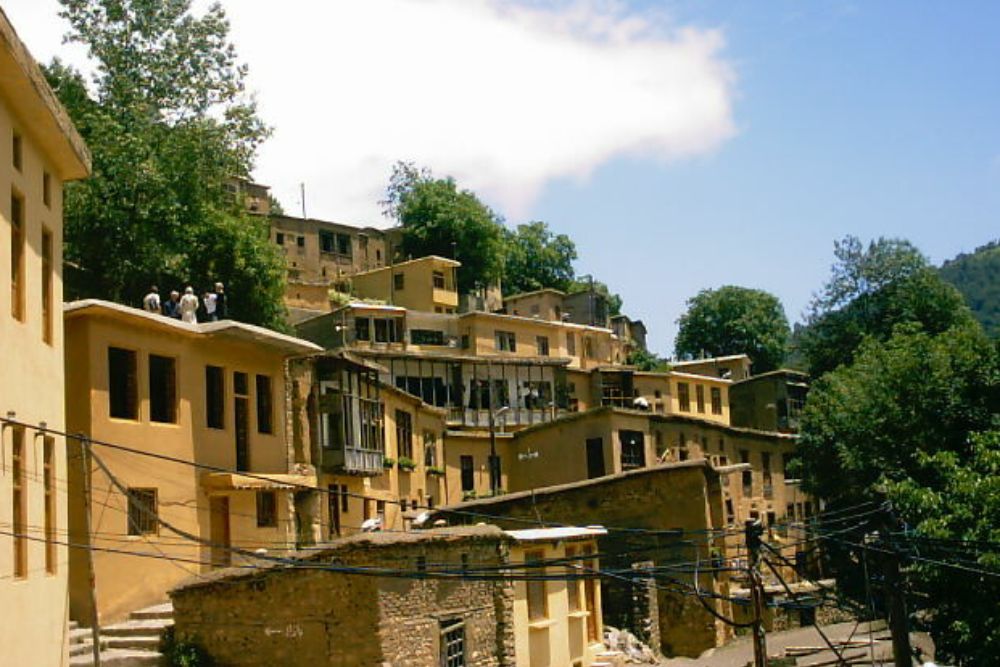
This historic village in Lebanon’s Chouf Mountains features distinctive limestone architecture reflecting various cultural influences. Traditional Lebanese houses showcase elegant arcaded facades and red-tiled roofs, adapting Mediterranean styles to local conditions.
The village’s central square and religious buildings demonstrate sophisticated urban planning principles dating back centuries. Local artisans developed unique stone-cutting techniques that created both beautiful and durable structures.
The village layout maximizes natural ventilation while protecting from harsh winter weather.
Like Travel Pug’s content? Follow us on MSN.
Masouleh, Iran
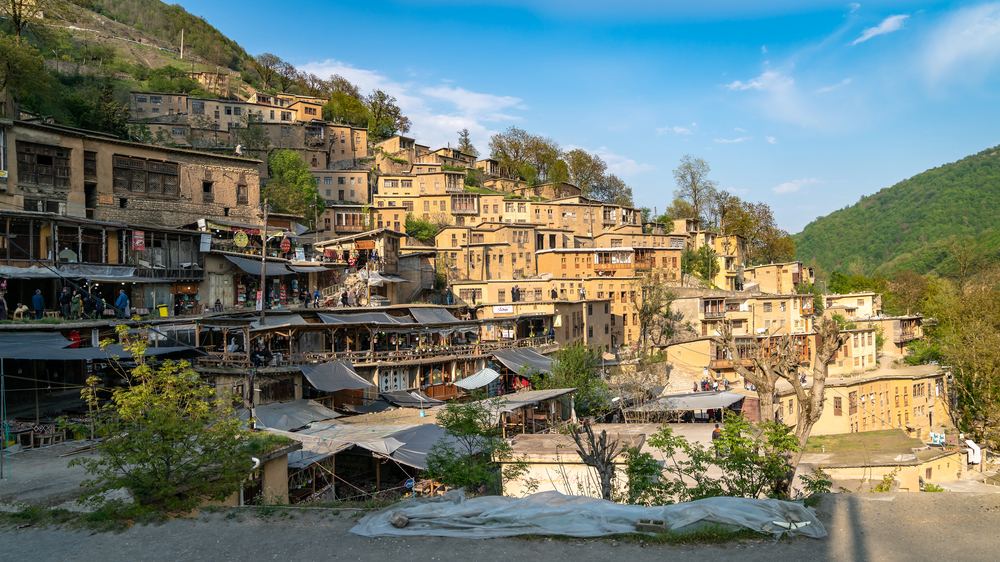
Built into a mountainside, Masouleh’s interconnected architecture creates a living space where one building’s roof serves as another’s courtyard. The village’s unique yellow clay and wood structures blend harmoniously with the surrounding landscape.
Traditional building techniques utilize local materials while protecting from heavy rainfall and snow. The village’s stepped design creates natural drainage systems and prevents flooding during wet seasons.
Each level of the village serves specific community functions, from commercial spaces to residential areas.
Um el Jimal, Jordan

Known as the ‘Black Gem of the Desert,’ Um el Jimal’s basalt stone architecture creates an imposing presence in Jordan’s eastern desert. The village’s innovative arch and vault systems demonstrate sophisticated engineering knowledge dating back to Byzantine times.
Local builders developed unique techniques for working with the challenging basalt stone. The village’s water management system includes reservoirs and channels carved directly into the bedrock.
Complex architectural details show the influence of various civilizations while maintaining distinct local character.
Al Qasr, Egypt

Located in the Dakhla Oasis, Al Qasr’s mud-brick architecture represents the height of medieval Islamic desert town planning. The village’s covered streets and elaborate wooden lintels showcase exceptional craftsmanship preserved through generations.
Traditional building methods create naturally climate-controlled spaces in the harsh desert environment. The village’s layout includes public squares and religious buildings that serve as community focal points.
Local architectural solutions address both practical needs and cultural requirements.
Like Travel Pug’s content? Follow us on MSN.
Misfat Al Abriyeen, Oman

Terraced along the mountainside of Jebel Shams, Misfat Al Abriyeen stands as a testament to traditional Omani agricultural architecture. The village’s multi-story mud houses blend seamlessly with ancient date palm plantations, creating a striking contrast against the rocky landscape.
Ingenious water channels called aflaj weave through the settlement, supporting domestic needs and the surrounding agricultural terraces. The village’s stone foundations and mud-brick upper stories demonstrate a sophisticated understanding of local building materials and environmental conditions.
Traditional construction techniques have created structures that maintain comfortable temperatures throughout Oman’s extreme climate variations.
Explore Middle Eastern Village Architecture
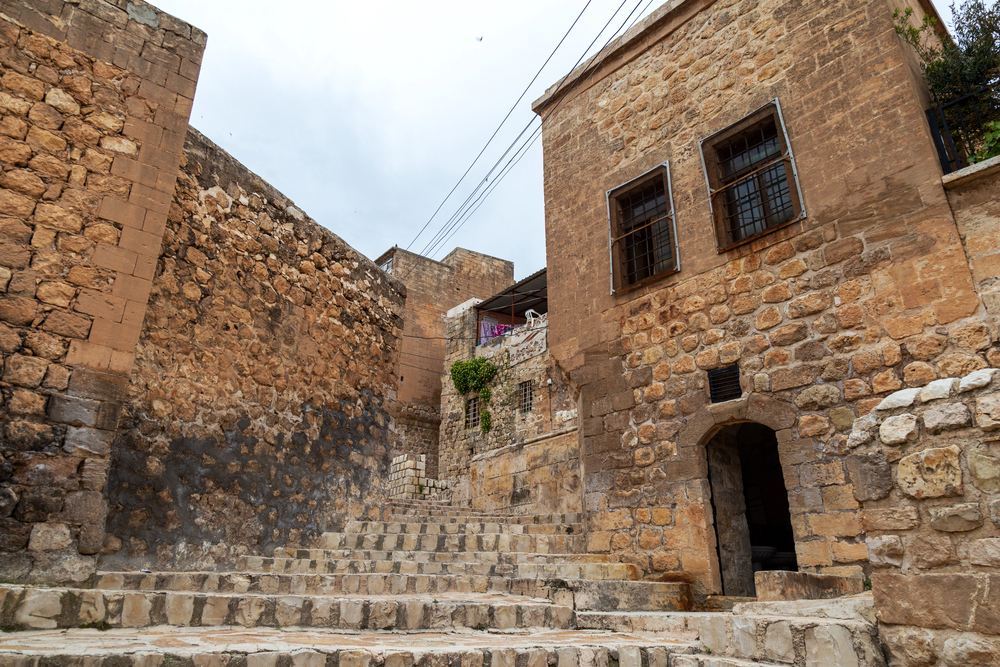
Traditional village architecture inspires sustainable building practices and cultural preservation efforts across the Middle East. These remarkable settlements demonstrate the enduring wisdom of vernacular architecture, adapting to local conditions while creating beautiful living spaces.
The techniques and principles developed in these villages offer valuable lessons for modern architects and urban planners.
We must work to preserve these architectural treasures for future generations while learning from their time-tested solutions to environmental challenges. These villages remind us that sustainable, beautiful architecture has deep roots in human history.
More from Travel Pug

- 15 Dangerous European Cities to Avoid
- 15 Caribbean Islands Where Tourists Keep Getting Scammed
- The 20 Most Fascinating Abandoned Places: A Journey Through Time and Forgotten Spaces
- 15 Hidden Places in the Smithsonian Museums Locals Love: A Guide to Lesser-Known Treasures
- 16 Hidden Florida Beach Towns That Aren’t Overrun with Tourists
Like Travel Pug’s content? Follow us on MSN.
